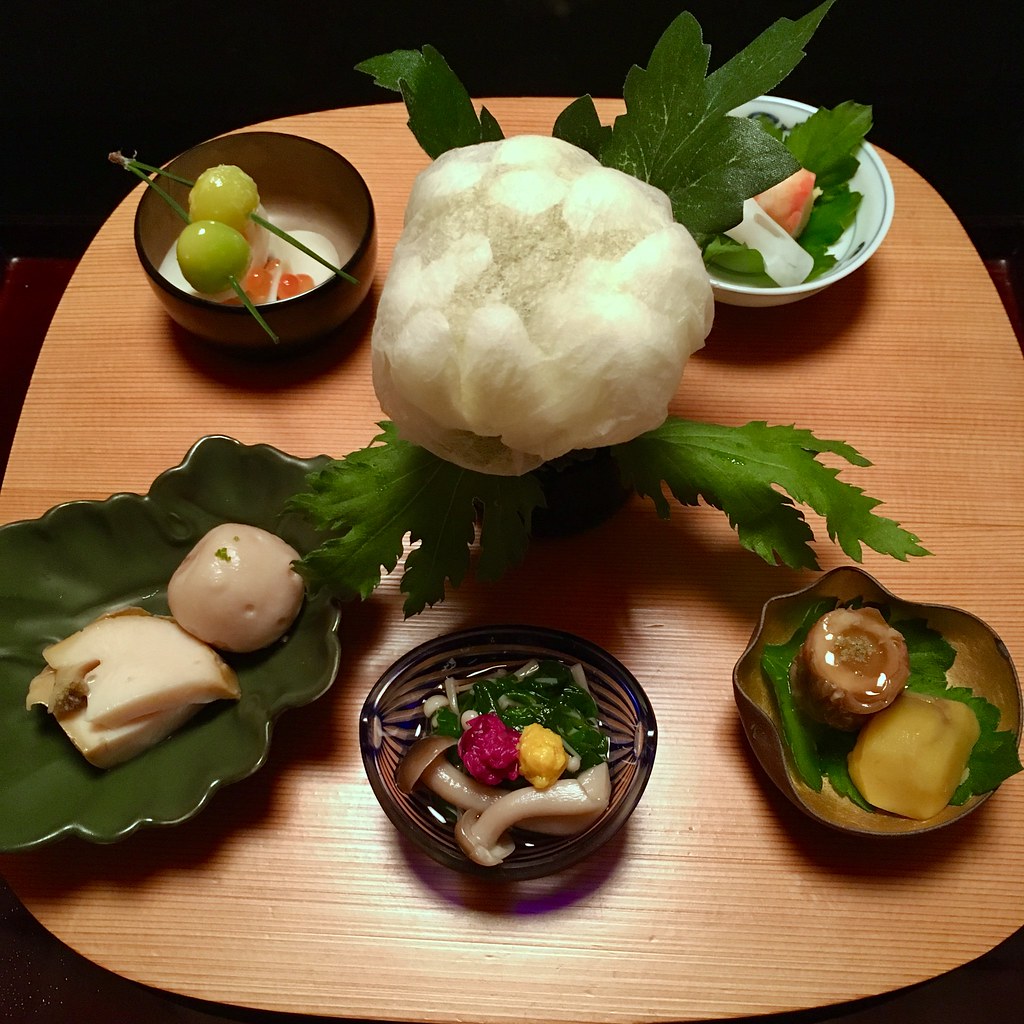
Originally Posted by
Octave

Okay, here is as basic as I go (note that I use a vegan replacement for fish sauce, which these days is a garum but I'll put in my old equivalent in case you're interested).
- Napa or savoy cabbage (1 large head, outermost leaves removed)
- Sea salt (a lot)
- 1/2C fish sauce (vegan: 2T soy sauce, 2T coconut sugar, 4T water, 4T pineapple juice)
- 3T fresh ginger, peeled
- 1/3C garlic cloves (about 1 large head), peeled
- 1 medium white onion, roughly chopped
- 1/4-1/2C chili flake (depending on how spicy you like it)
- 2 carrots, shredded into matchsticks
- 1 bunch green onions, finely chopped
1. Quarter the cabbage and remove the bottom core
2. Liberally sprinkle sea salt until every surface has been lightly touched (you can do this by shaking it all between two large bowls, or rub down every leaf with salt). Let rest for 30 minutes.
3. Meanwhile, place ginger, garlic, onion and chili into a food processor and blend until smooth/uniform.
4. Add fish sauce (or equivalent) and blend again until smooth/uniform
5. Now the labor begins: turn the cabbage over and press it down firmly (you can use a small weight, but not too large). Repeat this 3 times, waiting 20 minutes between each.
6. Meanwhile, combine the carrot and green onion with your sauce from the food processor.
7. Once the cabbage has been flipped and pressed all 3 times, rinse it thoroughly in cold water (removing excess salt) then pat dry.
8. Once dry, use your hands (gloved both for sterility and spicy protection) to rub all of the leaves thoroughly with the sauce.
9. Place all of the fully coated leaves into your fermentation container (a crock, a large bucket, basically anything that you can sterilize and cover to leave) and press down firmly to remove any air. The liquid should squeeze up and out and cover all of the leaves. Use a weight (clay, brick, non-metal anything) to push down on this (if you put a plate on top, then put the weight on that, it will keep random leaves from popping out of the liquid).
10. Leave to ferment in a cool, dark place for at least two days.
11. Transfer to sterile jars and place in the refrigerator for an additional 7-10 days. Longer = more intense flavor, tang, and more tender leaves. Make sure to burp your jars once every day or two to prevent them from exploding while it ferments.
12. Eat your kimchi. It will keep in the fridge for months.
The customization here is basically endless - big leaves, shredded leaves, different types of cabbage, onions, add some radish...etc. etc. The keys that cannot be missed are that everything you use is sterile and that during the fermentation none of the veg is exposed to the air. It should always be submerged below the liquid. The salting process draws a lot of liquid out so this should not be a problem, but compressing it thoroughly with your hands into your vessel/jars is key to ensuring that it all stays below the liquid line.


 Likes:
Likes: 

 Reply With Quote
Reply With Quote



Bookmarks